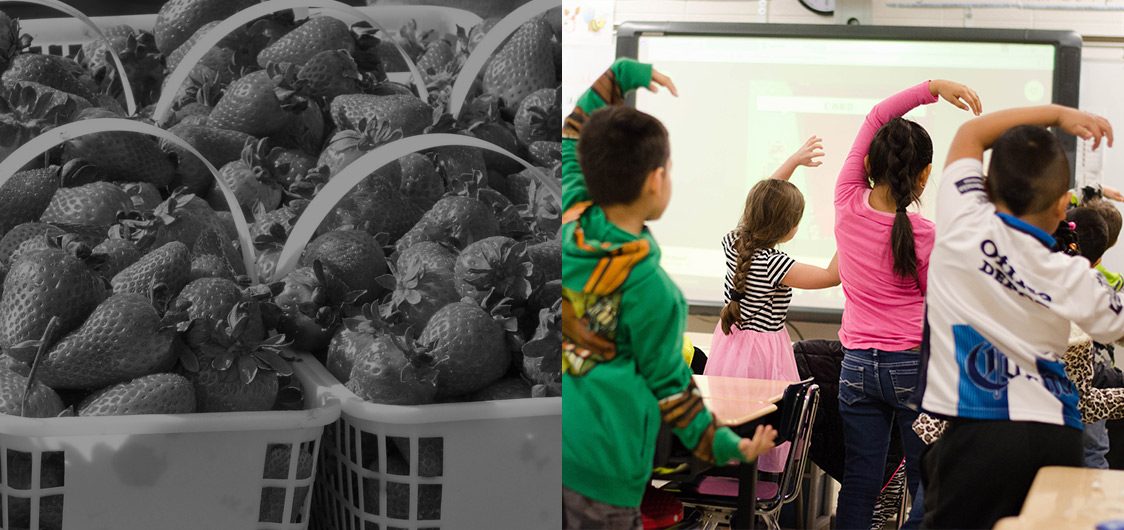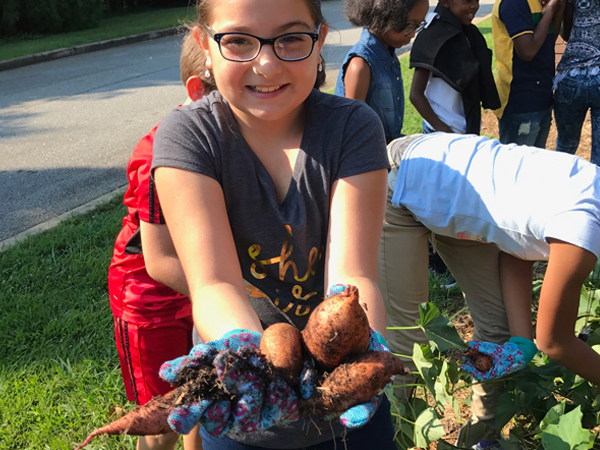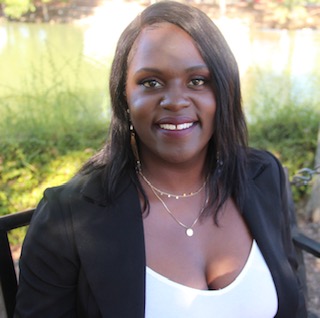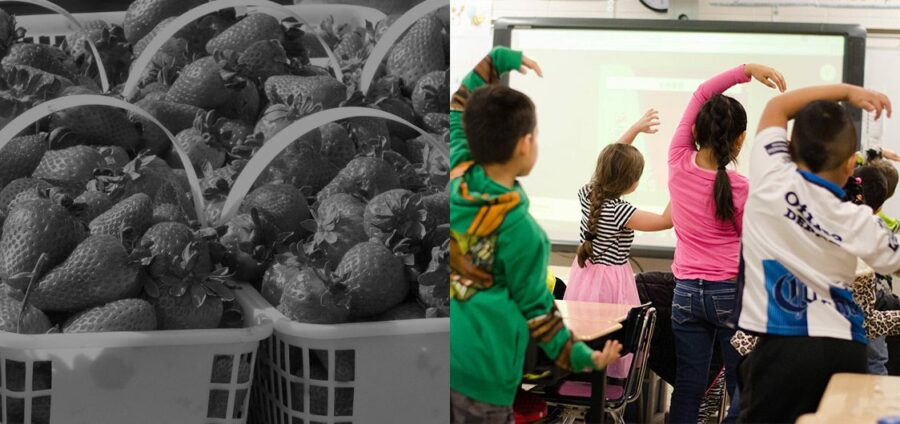Celebrating Mary Black Foundation’s History: 2014
Mary Black Foundation Becomes a Private Foundation
2021 marks the 25th anniversary of the Mary Black Foundation’s role as a private foundation in Spartanburg. However, the Mary Black Foundation has a legacy that extends beyond the last 25 years. In fact, the Foundation was originally formed in 1986 – 35 years ago – to support the Mary Black Memorial Hospital and related community programs.
The sale of the nonprofit hospital to a for profit company, in 1996, led to the reconfiguration of the Mary Black Foundation and its significant growth in assets. In the 25 years since the Mary Black Foundation separated from the hospital, it has provided over $62 million in grants to support health and wellness initiatives throughout Spartanburg County. During this same time, the assets have grown to over $75 million.
Why Healthy Eating and Active Living?
Mary Black Foundation believes an increase in access to healthy foods and an increase in active living will improve the health and wellness of the people and communities of Spartanburg County.
Poor eating choices and lack of exercise are primary risk factors for heart disease, stroke, diabetes, obesity, certain cancers, high blood pressure, high cholesterol, and osteoporosis. They are also associated with depression, isolation, and mental illness.
Efforts to increase the availability and affordability of fresh, healthy foods will include: (1) addressing the underlying causes – i.e. food desert mitigation strategies, (2) reducing barriers to making healthy eating decisions, and (3) encouraging connections between existing infrastructure, such as farms and schools, to help create better community access to healthy foods.
Healthy Schools
2014 marked the beginning of Mary Black Foundation’s in-depth involvement in helping school systems foster healthy eating and active living practices. In 2014, Spartanburg County School District 6 received an award to assist in its goal to provide healthy, wholesome meals to students through its food service program. During the 2014-2015 school year, District 6 brought its food service program in-house and trained its food service team in healthy menu creation and the necessary culinary skills, including raw and organic food handling, preparation, and cooking.
As a result of this project, approximately 11,000 students gained access to healthier food options at school, with half of those students receiving free or reduced price meals.
By training its employees how to cook from scratch again, District 6 is able to provide to all of its student population higher quality and more nutritious foods that are not highly processed.
During this school year, over 1 million healthy meals were served to students.

Spartanburg’s Healthy Schools Initiative
From 2016 to 2020, the Mary Black Foundation collaborated with Spartanburg County School Districts, PAL: Play. Advocate. Live Well (formerly Partners for Active Living), Alliance for a Healthier Generation (HG), and an evaluation team to pilot a new project. The Healthy Schools Initiative would provide intensive technical assistance and financial resources to support schools in creating environments that foster greater opportunities to access fresh, healthy foods and be physically active.
The Schools
- Arcadia Elementary School- District 6
- Boiling Springs Intermediate School- District 2
- Campobello Gramling School- District 1
- Clifdale Elementary School- District 3
- Lone Oak Elementary School- District 6
- Oakland Elementary School- District 2
- O.P. Earle Elementary School- District 1
- R.P. Dawkins Middle School- District 6
- Woodland Heights Elementary School- District 6
The schools followed implementation strategies that align with the national, evidence-based Alliance for a Healthier Generation Healthy Schools Framework. These strategies focus on policy, systems, and environmental changes. The Healthy Schools Framework consists of an iterative six-step process that all schools go through while also providing flexibility to schools to select their action items based on each school’s context, strengths, needs, and desires.

Progress
In 2019, seven of the nine schools received the prestigious National Healthy Schools Award, an increase from two schools in 2016. Below are HG School Self-Assessment numbers, with the first chart showing 2019 results comparing the Spartanburg cohort schools (SHSI) to all Healthy School Program schools in South Carolina. The second chart shows the Spartanburg cohort’s baseline assessment results from 2016 compared to the most recent assessment in 2019.
Below are some examples of the policy, systems, and environmental changes that took place over the four years. Policy:
- Nine schools allow drinking water in classrooms
- Seven schools prohibit withholding physical activity as punishment
- Five schools prohibit using food as a reward
- Two schools removed sugar-sweetened beverages from staff vending machines
Systems:
- Seven schools implemented physical-activity classroom breaks
- Seven schools expanded before- and after-school physical activity opportunities
- All schools promote drinking water
- All schools promote healthy choices in the cafeteria
- One district launched a comprehensive staff-wellness initiative
Environment:
- One new playground was built with over $22,000 leveraged from KaBoom and the school district
- Four walking trails were completed
- One outdoor area that includes a wooded nature trail, an outdoor classroom, herb and vegetable gardens, seating, and play equipment was constructed
- Three staff fitness rooms were installed and one more was approved
- Twelve new or upgraded drinking water access points were added
Phase II
The Mary Black Foundation and implementation team are incorporating lessons learned from Phase I of Spartanburg’s Healthy Schools Initiative into the planning process of a second phase. Phase II of this initiative includes exclusive work with Spartanburg School District 6.
 Clarissa Nesbitt, Partnership Manager with PAL: Play. Advocate. Live Well. said,
Clarissa Nesbitt, Partnership Manager with PAL: Play. Advocate. Live Well. said,
Many times, the habits we develop in our youth, follow us into adulthood. With the Spartanburg Healthy Schools Initiative, we can educate our youth on healthy eating, active living, and social emotional awareness before those habits become their lifestyle.
Additionally, phase II of the Healthy Schools Initiative will include assistance from two Community Health & Resource Coordinators and a Healthy Schools Coordinator.
Emi Bautista
PAL: Play. Advocate. Live Well.
Healthy Schools Coordinator
Selena Smith
United Way of the Piedmont
Community Resource Coordinator
Maily Espinosa
United Way of the Piedmont
Community Resource Coordinator

